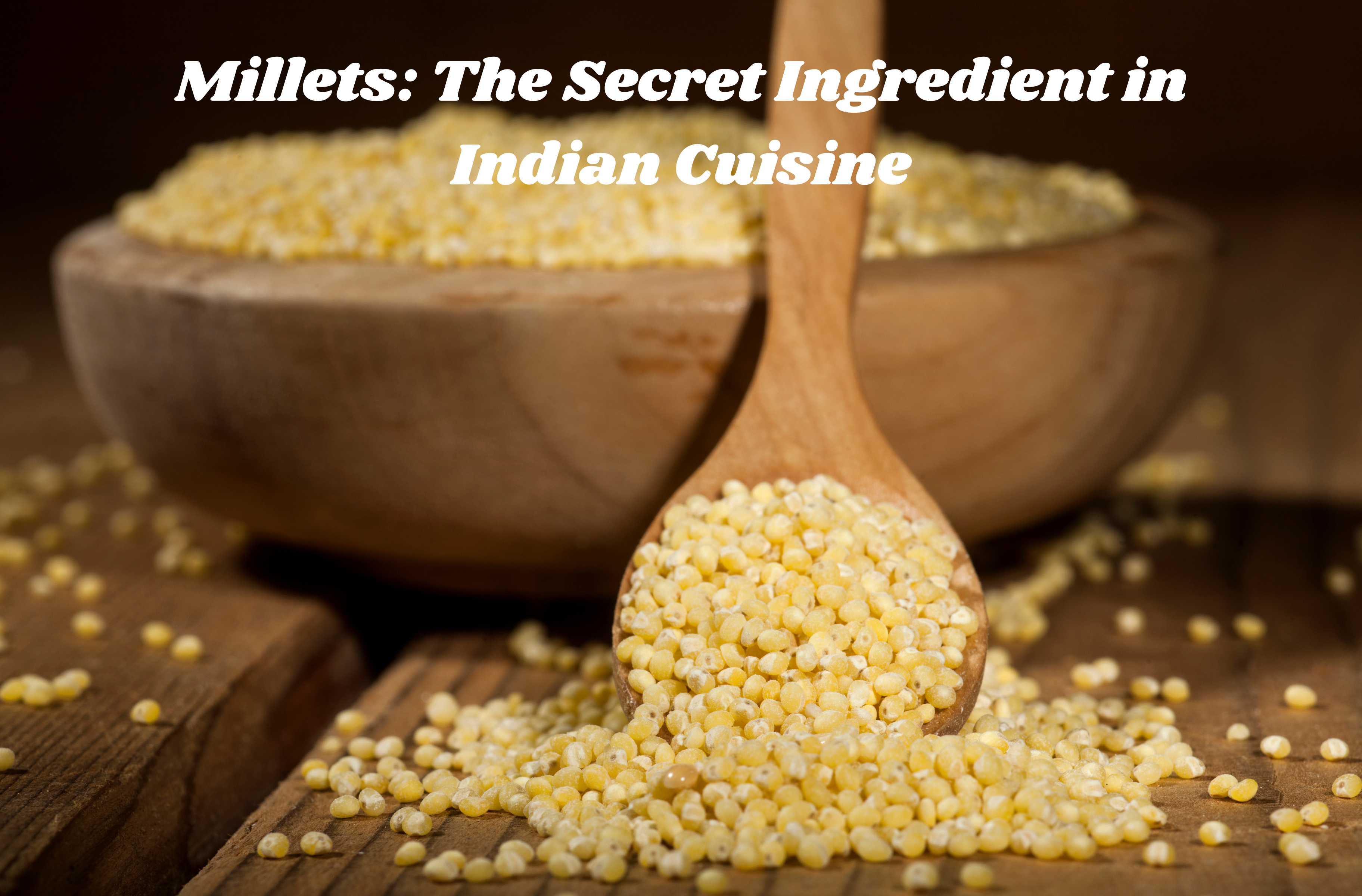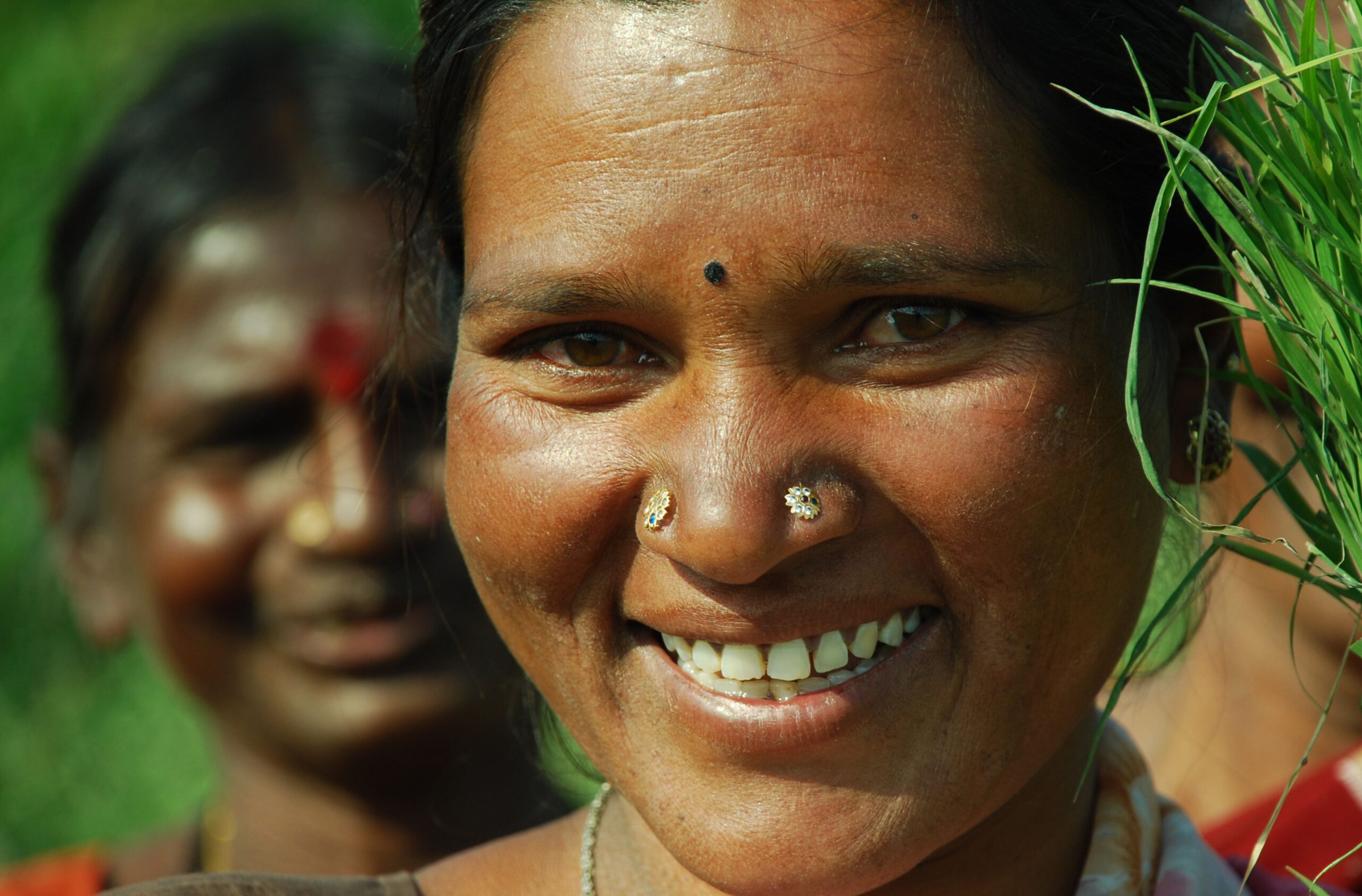Millets: The Secret Ingredient in Indian Cuisine

Introduction:
Indian cuisine is a tapestry woven with diverse flavors, spices, and ingredients. Amidst this culinary richness lies a secret ingredient that has nourished generations and holds cultural significance that spans millennia – millets. These ancient grains are not just dietary staples but an integral part of India’s food heritage. Let’s embark on a journey to discover the historical and cultural importance of millets in Indian cuisine.
The Heritage of Millets:
Millets, such as finger millet (ragi), pearl millet (bajra), sorghum (jowar), and foxtail millet, have been cultivated in India for over 2000 years. They were the primary grains grown by our ancestors, owing to their hardiness and resilience in diverse climatic conditions. The historical roots of millets in India can be traced back to the Indus Valley Civilization, where evidence of millet cultivation has been found.
Millets in Indian Culinary Traditions:
*1. Ragi – The Southern Delight: In the southern regions of India, especially Karnataka and Tamil Nadu, ragi is a dietary staple. It’s used to make ragi mudde (balls) or dosas, a nutritious and beloved dish.
*2. Bajra – The North Indian Favorite: In the northern states, bajra takes the spotlight. Bajra rotis or flatbreads are a common sight on North Indian dinner tables.
*3. Jowar – The Gluten-Free Wonder: Jowar, another gluten-free millet, is widely used in Maharashtra and Gujarat to prepare bhakri, a thick, round flatbread.
*4. Foxtail Millet – The Versatile Grain: Foxtail millet is a versatile ingredient used in upmas, pulaos, and even desserts in various parts of India.
Cultural Significance:
Millets are not just a source of sustenance; they hold cultural and ritualistic importance in India. Here are some examples:
- Religious Festivals: Millets are offered to deities during certain religious festivals. For example, ragi mudde is offered to Lord Ganesha during Ganesh Chaturthi in Karnataka.
- Harvest Celebrations: In many regions, the harvest season is marked by celebrating with millet-based dishes. Bajra and jowar are commonly featured in these celebrations.
Modern Revival:
In recent years, there has been a revival of interest in millets, thanks to their incredible nutritional value and sustainability. Health-conscious individuals are rediscovering these grains as gluten-free, high-fiber alternatives. Millets are also seen as a solution to combat malnutrition and food security issues.
Conclusion:
Millets are not just grains; they are threads in the fabric of Indian culture and tradition. They have sustained generations and continue to do so. As we celebrate the diversity of Indian cuisine, let’s not forget the humble yet mighty millet, the secret ingredient that has been at the heart of our culinary heritage for thousands of years. Embracing millets in our modern diets not only connects us with our roots but also offers a healthier and more sustainable future.





